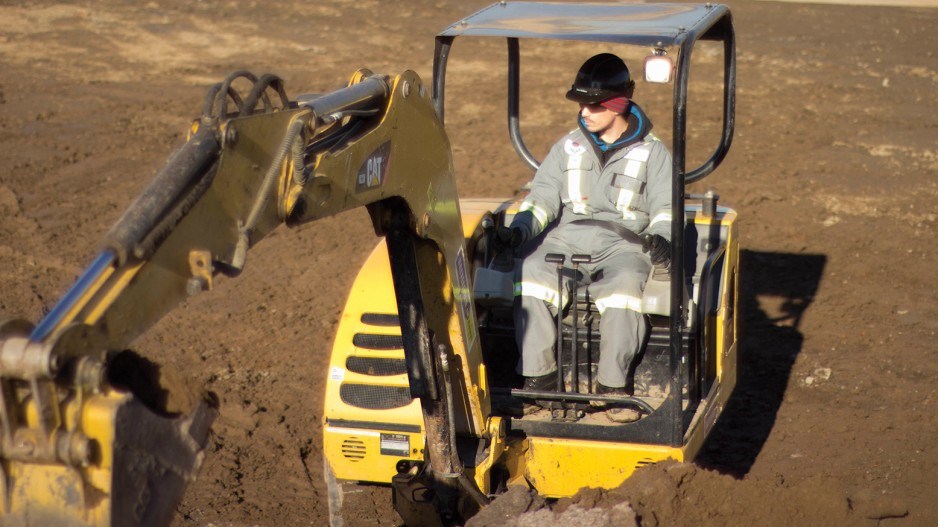It’s been two years since Quantum Murray LP launched a pilot training program aimed at connecting urban aboriginal youth with opportunities within the construction industry.
That first class, held in Hamilton, Ontario, saw 23 participants – mostly men between the ages of 18 and 26 who were struggling to find their way in life. Some had criminal records or were on probation. Many couldn’t drive and had little to no faith in their own abilities to find and secure meaningful work.
All lacked any kind of real experience in the skilled trades.
In just six weeks, all that changed.
Funded through a partnership with the Niagara Peninsula Aboriginal Area Management Board (NPAAMB), the Specialized Independent Competencies (SIC) training program helped its graduates earn basic certificates in a number of high-demand skills, from industrial first aid and high-elevation rescue to tight-space extraction and safe handling of dangerous chemicals. Students also learned so-called softer skills such as leadership, capacity building and public speaking.
Perhaps more importantly, the students left the program feeling genuinely hopeful for a brighter, more financially sustainable future.
“It gives me a lot of confidence in all my possibilities. I could go on to do anything right now,” said one young man in a short promotional video filmed at the 2013 graduation ceremonies.
Quantum Murray (QMLP), a countrywide firm specializing in industrial remediation and waste management, has now completed three training programs in partnership with the NPAAMB. The relationship has been so successful that the company is looking to craft similar business partnerships with First Nations and aboriginal organizations across the country.
Dave Hill, QMLP’s regional manager, emergency response (the team that worked with NPAAMB to develop and manage the SIC program), said the program boasts an 85% completion rate among participants. And though no formal system exists to track post-graduation hiring rates, Hill said he’s found the vast majority go on to secure long-term work within the industry.
“We build the program for success,” he said.
Gavin Domitter, QMLP’s manager of aboriginal relations and business development, said the program is an extension of capacity-building programs, ranging from two days to six weeks, that the company has successfully rolled out in various First Nations communities.
Earlier this year, the company trained about two dozen Namgis First Nation members to work alongside QMLP employees in the demolition of St. Michael’s residential school in Alert Bay. The training included instruction in asbestos and lead awareness, construction basics and transportation of dangerous goods. Five of the graduates were hired for the duration of the project.
Similar programs in British Columbia have been delivered in Prince Rupert (Metlakatla First Nation and Lax Kw’alaams Band), Hartley Bay (Gitga’at Nation) and Mowachaht/Muchalaht First Nation on Vancouver Island. In Saskatchewan, QMLP worked with three First Nations – Fond Du Lac, Black Lake and Hatchet Lake – on the abatement and demolition of a former uranium mine.
In all, more than 600 aboriginal people across the country have been trained by the company, according to QMLP.
QMLP’s work puts it in frequent close contact with First Nations communities, and the company has a stated commitment at all levels to working collaboratively with aboriginal people on its projects, including engaging the local leaders in project delivery, hiring from the local workforce either on contract or on a continuing basis, and engaging in various business ventures.
It’s a partnership that makes good business sense for everyone involved.
“We’ve found it very beneficial and rewarding to work with local aboriginal communities, leaders and businesses, to have access to valuable local knowledge, expertise, skills and resources and to build collaborative and mutually beneficial relationships,” Domitter said.
A QMLP media release states that First Nations, Métis and Inuit people comprise up to 70% of onsite labour on its projects.
In some cases, trainees have gone on to secure permanent work with QMLP or other employers in a variety of industries. The company has also developed business deals with aboriginal groups, including joint ventures and long-term facility operations. •




